For years that was the clincher for nostalgia sufferers for the times of yesteryear. It was not true, but the fact remained that post-war Italian train traffic left much to be desired in terms of speed and punctuality. This seemed to end with the opening of the high-speed lines. (We are not talking about the regional bogies. Little money is spent on them and so they are often outdated, slow, late, overcrowded and not particularly clean.) But in recent years efficiency has seemed to decline. A study has now shown that this impression is correct.
It was a true revolution for the Italian state railways (then Ferrovie dello Stato, now Trenitalia), when three different fast trains were introduced in December 2008.
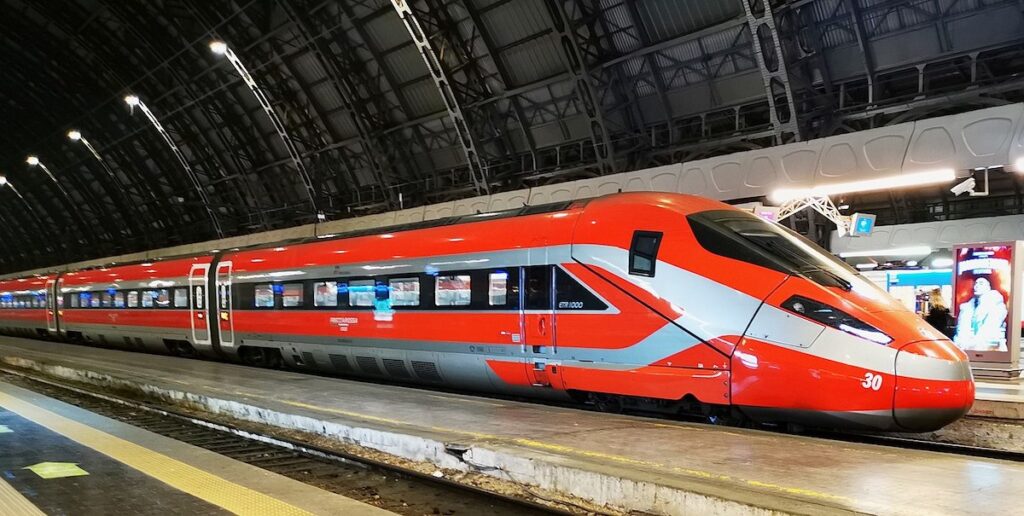
The 'Frecce'
De Frecciarossa (red arrow) reaches a speed of 300 kilometers per hour and provides a daily connection via the high-speed line between the main Italian cities. The Frecciargento (silver arrow) reaches 250 km/h and uses both HSL and traditional rail. The latter also applies to the frecciabianca (white arrow) that targets smaller and medium-sized cities.
In 2015, trains from the private company Italo, equipped with comfortable artificial leather seats, were added and limited to the main destinations. (For the rest you will have to switch to Trenitalia.)
Since then, train passengers can travel from Rome to Naples in one hour instead of 2. The travel time from Milan to Rome (480 km) was reduced from the more than 4 hours of the Intercity to 3. This also meant the death knell for the now bankrupt Alitalia, which previously earned well from its near-monopoly on the Rome-Milan flight.
Because who still takes the plane if you don't waste any more time by train? “At last Italy is doing something that works,” cheered the national news agency ANSA, and indeed, the Frecce (arrows) quickly became renowned not only for their speed, but also for their reliability. But that has changed in recent years.
Trenitalia reports in its 2022 annual report that 98,1% of Frecce arrived with less than 60 minutes delay. That's great, judged journalist Milena Gabinelli, but there is still a lot between 0 and 60 minutes.
Major delays
That is why she has investigated for the Corriere della Sera and TV channel La7 exactly how many delays the Frecce are experiencing. Her research team analyzed more than 1.200 time tables from the last 10 days of November and the first 10 of December 2023, a normal period without severe weather, natural disasters or strikes.
It turned out that at the end of November on the Venice-Milan line (267 km in 2 hours and 27 minutes) only 7 of the 120 Frecce arrived on time. The average delay was 13 minutes, while 44% arrived more than 20 minutes late. Things did not improve at the beginning of December, and it was noticeable that evening trains in particular, with commuters, were delayed.
The Frecce from Milan to Rome were delayed by an average of 12 minutes during the observation period. In the morning rush hour this increased to 20 minutes, while some trains were consistently delayed by half an hour.
Two months ago, this was a reason for Minister of Agriculture Lollobrigida, on his way to an appointment, to stop the train at an intermediate station and to travel from there in a service car. To the indignation of his fellow passengers who could not afford such a privilege.
The trains from Rome to Reggio Calabria usually arrive on time in the morning, but this becomes much less so in the evening. Train No. 8419, which departs from Venice in the afternoon, arrives in Reggio with average 41 minutes delay. Italo's data is less accessible, but the company itself reports that in 2022, 61,4% of its trains were delayed, and 3,1% were delayed by more than an hour.
Overloading of the railway network and higher rates
The main cause, also according to Trenitalia and Italo themselves, lies in the overload of the HSL and other networks. On the Milan-Rome route, on which 45 Frecce travel daily, the number of passengers has increased from 2009 million to 1 million since 3,6 and the number of trains from 16.439 to 51.358.
In addition, much equipment is outdated and overdue maintenance regularly leads to malfunctions. While the service of the fast trains has decreased, the prices have not.
When the Frecciarossa started, a trip from Rome to Milan cost 79 euros second class and 109 in Business. Now that is 102 and 139 euros respectively.
On the same route in 2016, Italo charged 88 euros for first class and 79 for second; that is now 129,90 and 89,90. It won't be long before the aircraft will become competitive again. (These are standard rates, by the way. You can also find cheaper offers on the internet.)
Traveling on Italian high-speed trains is generally quiet and comfortable, but the unpredictability can be detrimental to the peace of mind of travelers who have an important appointment, have to catch a plane or transfer to another train or bus.
To be on the safe side, it would be better to take an earlier train and accept the loss of time. Also remember that the Italian word for connection – connection – can also be translated as a 'fortunate coincidence'.
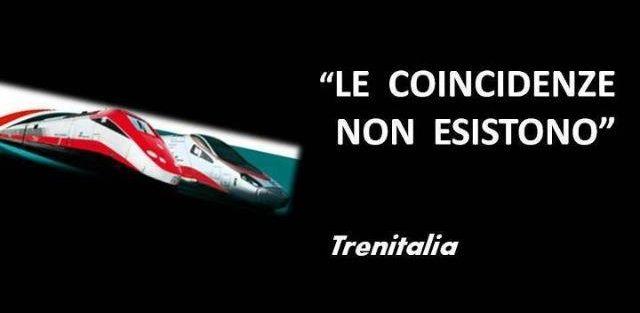
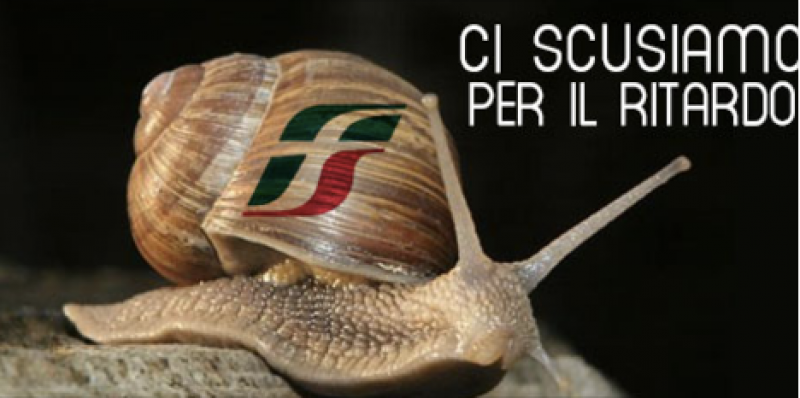
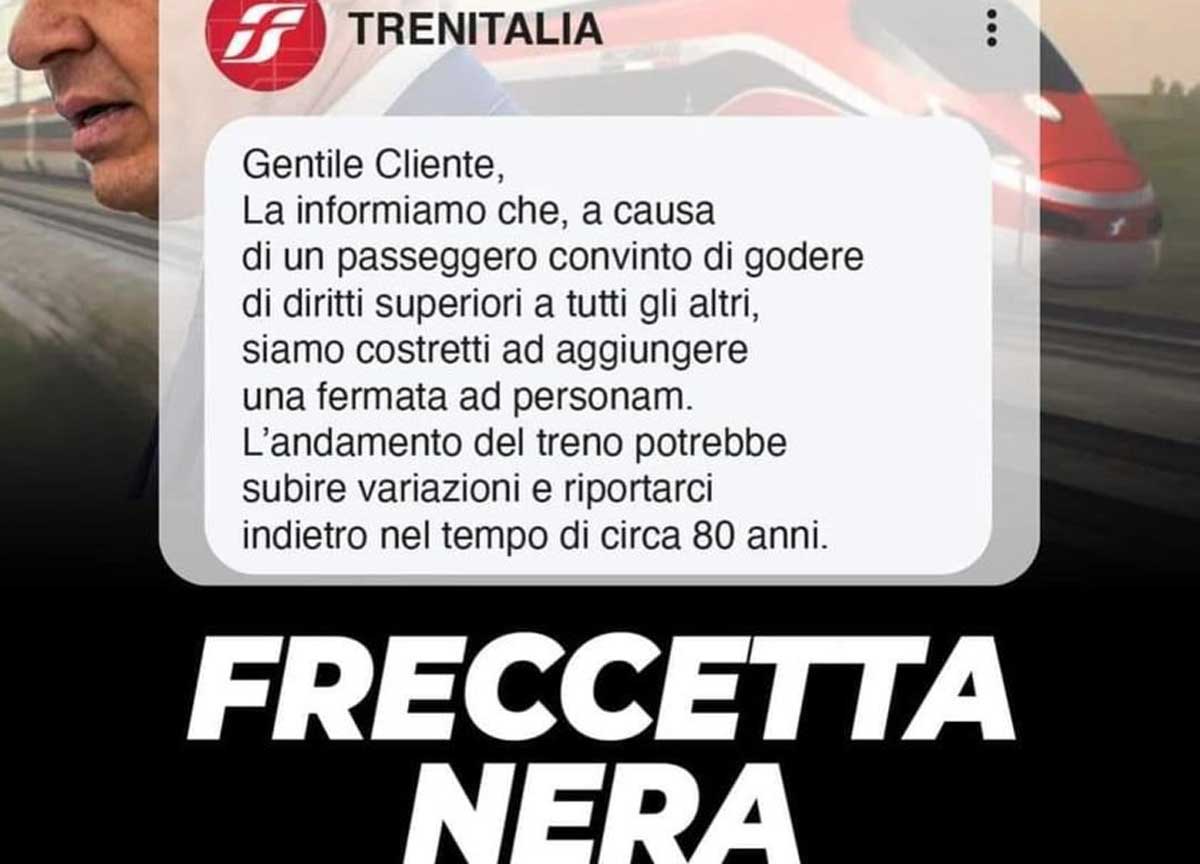
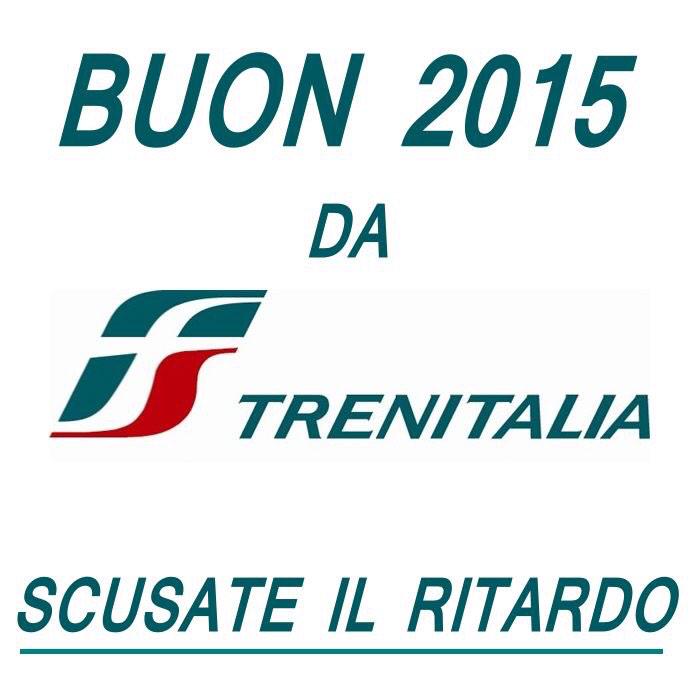










Comments